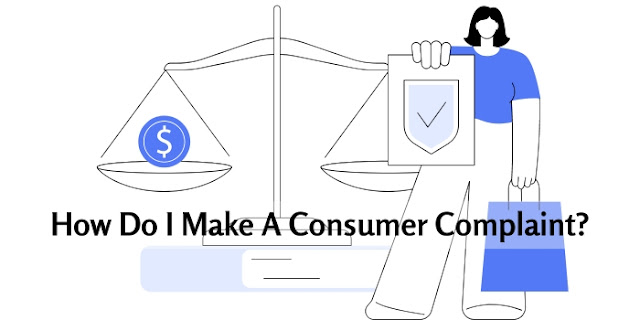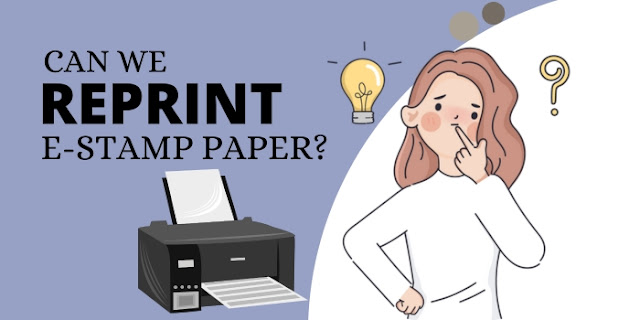How Do I Make A Consumer Complaint?
Consumer complaints are a common aspect of the marketplace. Whether it's a faulty product, poor service, or misleading advertising, consumers have rights and avenues to address their grievances. However, knowing how to make a complaint effectively can make all the difference in resolving the issue satisfactorily. In this guide, we'll explore the steps involved in making a consumer complaint and offer tips for a successful resolution.
Understand Your Rights:
Before lodging a complaint, familiarize yourself with your rights as a consumer. These rights may vary depending on your location, but they typically include the right to receive goods or services that meet certain standards of quality and safety, the right to accurate information about products or services, and the right to seek redress if these rights are violated.
Gather Documentation:
Gather any relevant documentation related to your complaint, such as receipts, contracts, warranties, or correspondence with the company. This documentation will serve as evidence to support your complaint and help demonstrate the validity of your claims.
Contact the Company:
In many cases, the first step in resolving a consumer complaint is to contact the company directly. Look for contact information on the company's website or packaging and reach out to their customer service department. Be polite but firm when explaining the nature of your complaint and clearly state what resolution you are seeking.
Keep Records:
Keep detailed records of all communications with the company, including dates, times, names of representatives spoken to, and summaries of the conversations. This will help you keep track of the progress of your complaint and provide a reference point if you need to escalate the issue further.
Escalate the Issue:
If you are unable to resolve your complaint directly with the company, consider escalating the issue to a higher level of authority within the organization. This could involve speaking to a supervisor, manager, or executive who has the authority to address your concerns.
Utilize Consumer Protection Agencies:
If your complaint remains unresolved, you can turn to consumer protection agencies for assistance. Many countries have government agencies or non-profit organizations dedicated to protecting consumer rights and mediating disputes between consumers and businesses. These agencies can provide guidance on how to proceed with your complaint and may even be able to intervene on your behalf.
Consider Alternative Dispute Resolution:
In some cases, alternative dispute resolution methods such as mediation or arbitration may be available to help resolve your complaint. These methods can be faster and less expensive than going to court, and they may result in a mutually satisfactory resolution for both parties.
Seek Legal Advice:
If all else fails, you may need to seek legal advice or take legal action to resolve your complaint. Consult with a lawyer who specializes in consumer law to understand your options and determine the best course of action.
Conclusion:
Making a consumer complaint can be a frustrating process, but it's important to remember that you have rights as a consumer and avenues available to address grievances. By following the steps outlined in this guide and advocating for yourself effectively, you can increase the likelihood of achieving a satisfactory resolution to your complaint.



